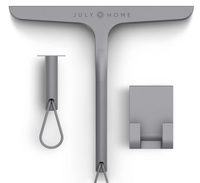Cleaning with vinegar: 15 household jobs made easier
It’s amazing how many things you can clean with vinegar, from sinks and stainless steel to stovetops and showers
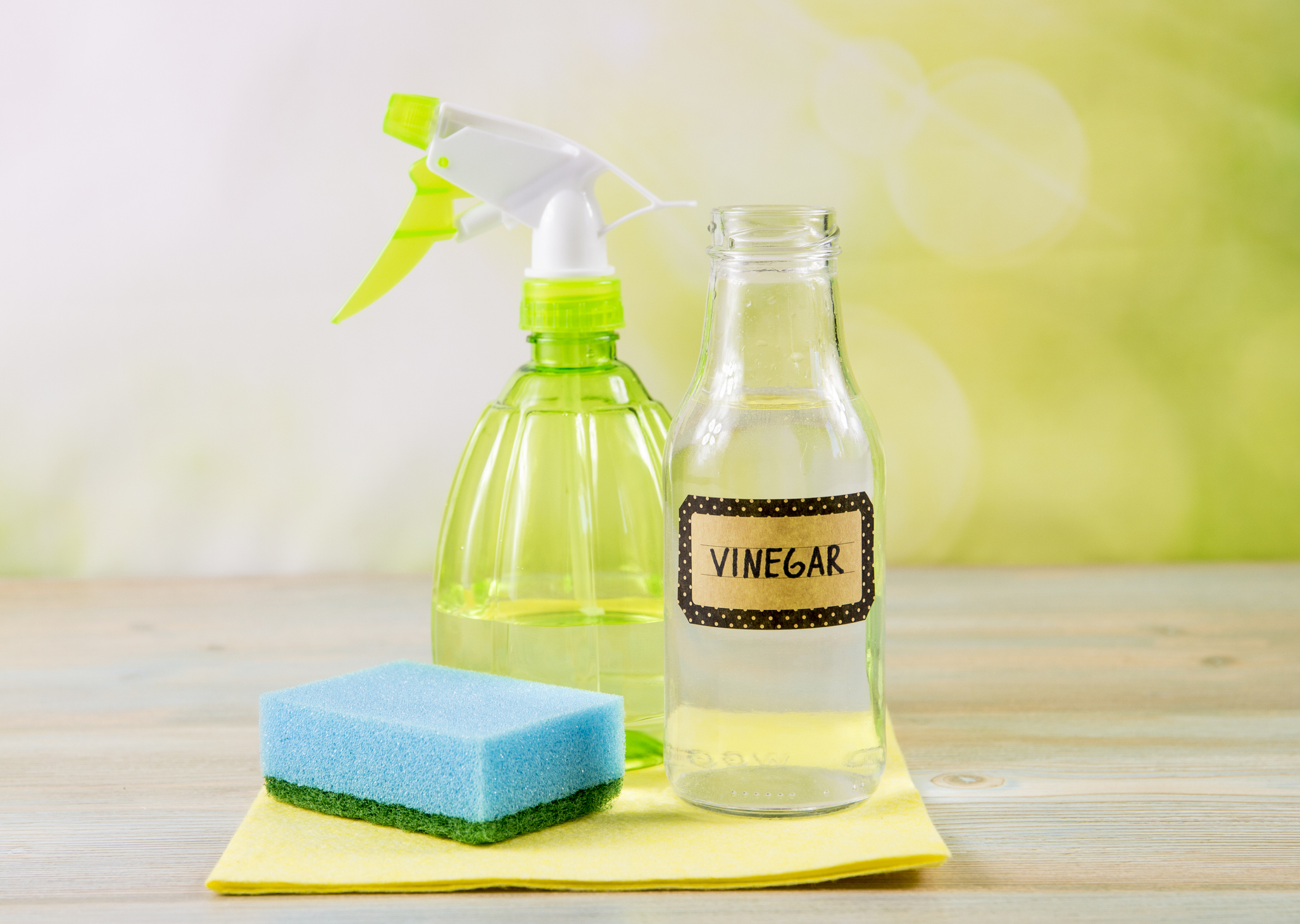

It’s surprising the things you can clean with vinegar around the home – below we have gathered 15 areas that will benefit, with pro tips and advice on how to do it properly.
It’s white vinegar that can help keep everything hygienically clean – and the key is to dilute it with water and any other natural extracts or essential oils of your choice to add a lovely scent.
'Vinegar is made from acetic acid,' says Lucy Searle, Global Editor in Chief for Homes & Gardens. 'So this makes it a natural disinfectant for so many germs including salmonella and E Coli. It can be great for some kitchen surfaces and appliances, as well as in the bathroom.
Cleaning with vinegar
'It’s a brilliant product to have in the store cupboard and avoids using abrasive store-bought cleaners. A word of warning, though – undiluted vinegar can damage natural stone and wood, so always check – or dilute really well – before using vinegar for cleaning.'
Here are our top cleaning tips for using vinegar to get a sparkle back in your home.

Lucy Searle has written about interiors, property and gardens for over 30 years. In 2018, Lucy took on the role of global editor-in-chief for Realhomes.com, taking the site from a small magazine add-on to a global success. She was asked to repeat that success at Homes & Gardens. Lucy is a serial renovator and also owns rental properties in the UK and Europe, so brings first-hand knowledge to the subjects she oversees.
How to make cleaning vinegar
Mix equal parts white vinegar, at Walmart, with water in a spray bottle. To mask the strong vinegar scent, you can add essential oils, strips of lemon zest or some rosemary sprigs, but this is optional.
1. The windows
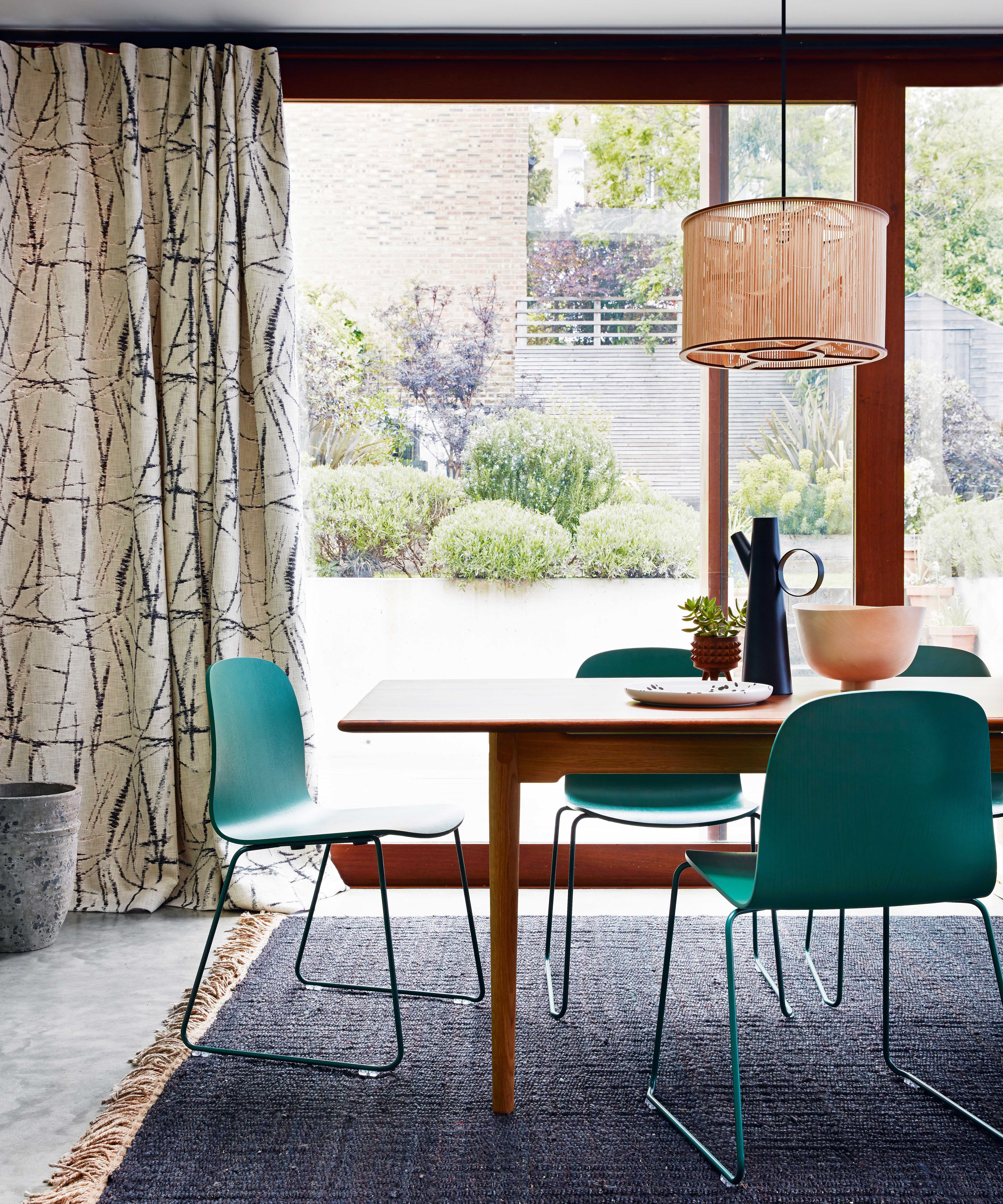
Our windows can look really dirty really quickly but all they need is a homemade vinegar and water solution to get them sparkling in no time.
To clean windows without streaks, mix equal parts of white vinegar and hot water and add a splash of liquid soap. Martha Stewart says that the best time of day to clean is when the sun isn’t shining directly on the windows:
'Using a sponge, wet (but don’t drench) the window with the DIY window cleaner solution and rub the dirt away, being sure to keep the solution from touching the window frames,' she advises. 'Next, wet a squeegee and starting at an upper corner, draw it down in a straight stroke. Return to the top and repeat, slightly overlapping the first stroke. After each stroke, wipe the rubber edge of the squeegee with a sponge or lint-free cloth. Finish by pulling the squeegee across the bottom of the window, and dry the sill with a sponge or cloth.'
A lint-free cloth, at Amazon, can help to achieve that crystal-clear finish, and is well-worth having in your cleaning cupboard.
Cleaning a front door fitted with glass panels? You can tackle these in the same way as the windows.
All-purpose silicone squeegee | $15.97 at Amazon
This squeegee is made of stainless steel and silicone, making it both sturdy and flexible when used on windows, mirrors, and tiles around the home.
2. The microwave
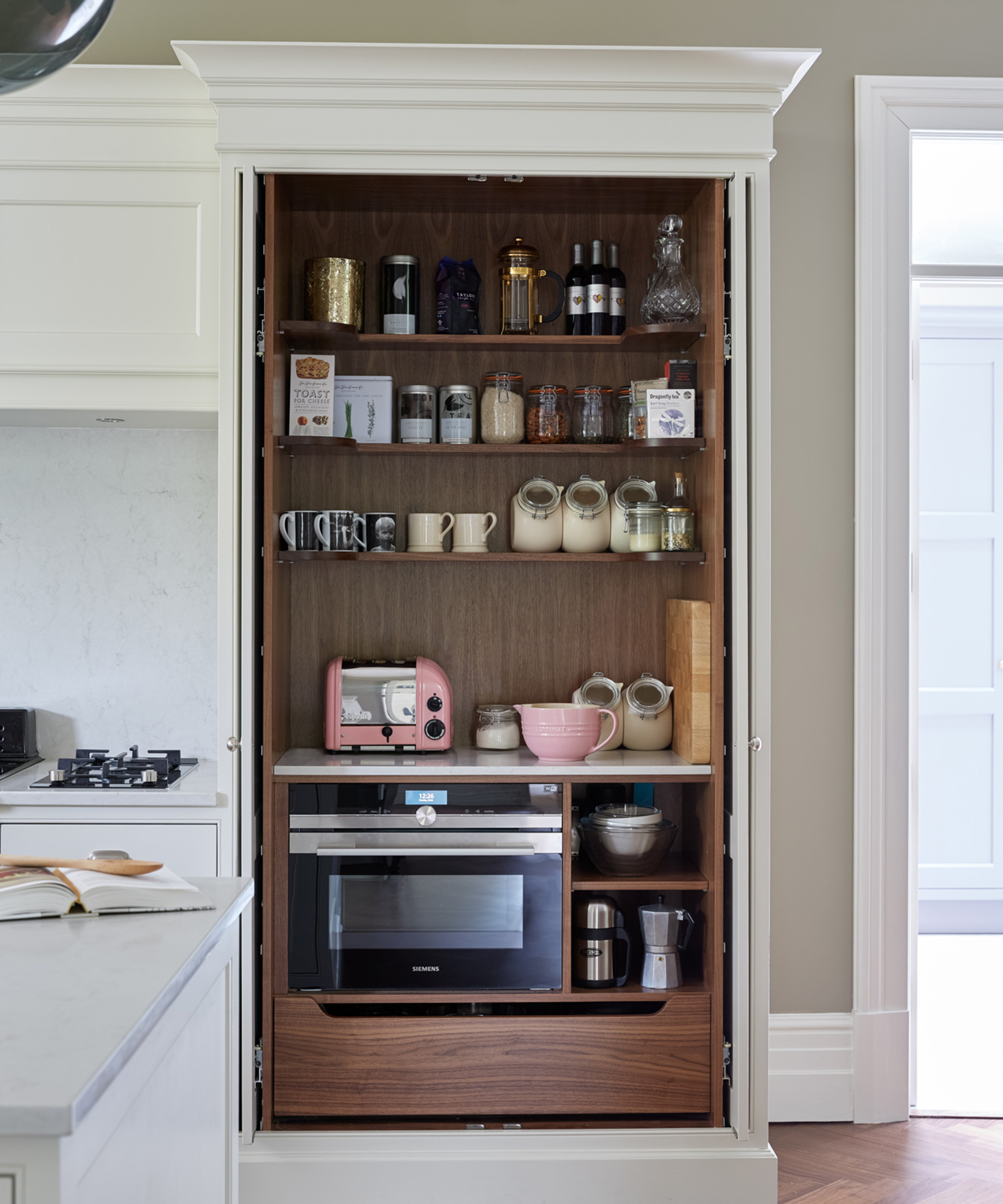
Looking for kitchen cleaning tips? Many of us forget to clean the microwave every now and then and it can quickly develop odors if we don’t. Again, combine equal parts water and vinegar – this time in a large microwaveable bowl. Pop the bowl into the microwave and set it for about five minutes. The steam created will loosen any food debris, which you can simply wipe away with a microfiber cloth, available at Amazon.
3. Floors
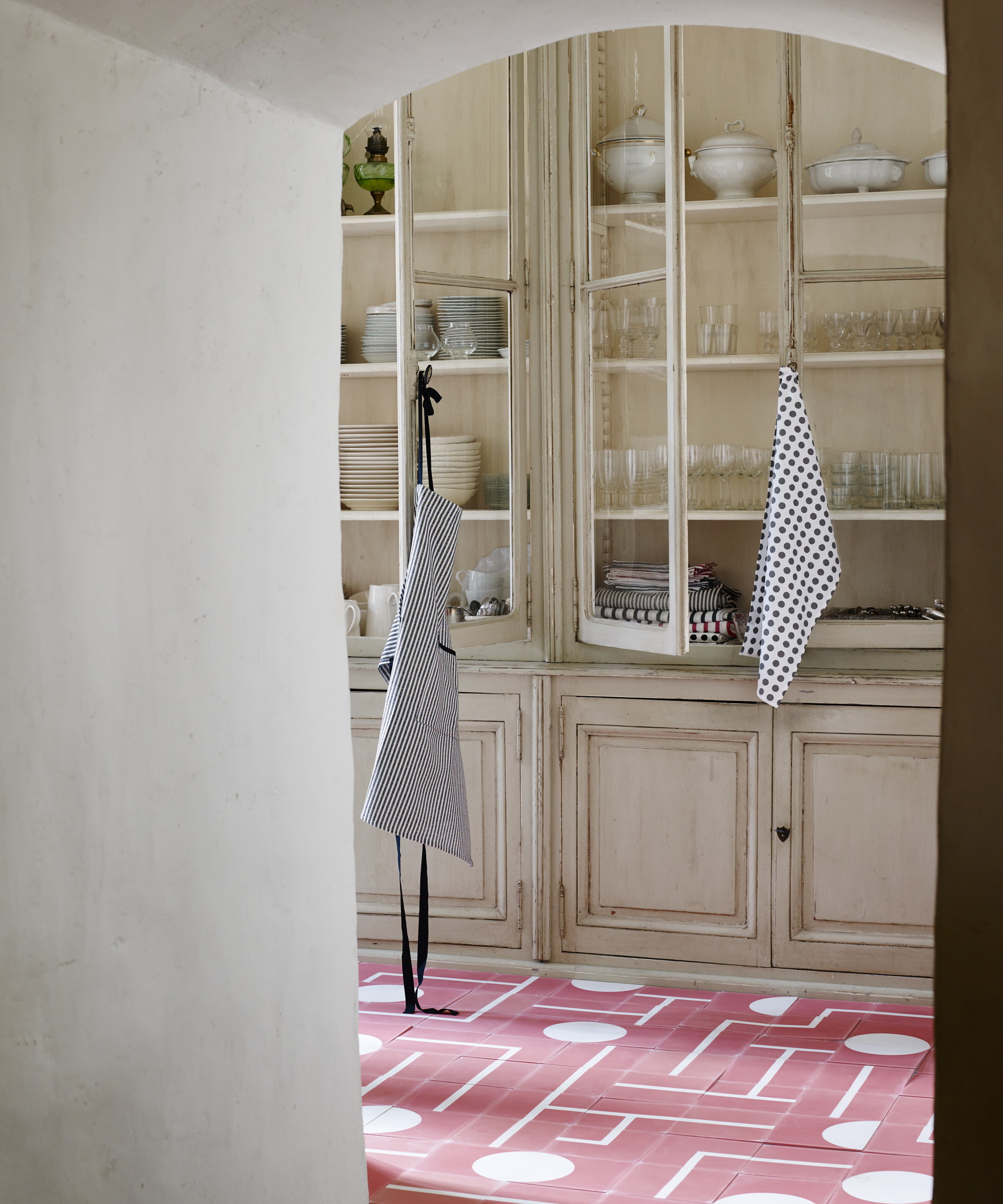
Floor cleaning products can be expensive and leave behind a strong smell, so you might want to clean tile floors using vinegar – although do test this first if you are cleaning encaustic tiles or cleaning stone floors.
Take your equal parts vinegar and water solution and mop. It not only lifts off grease and dirt but the diluted solution stops the floor from being damaged by the acid of the vinegar. For her go-to kitchen cleaner, TV presenter Denise Wild fills a spray bottle with about 50 percent vinegar, 30 percent water and 20 percent lemon juice. 'Then I add eucalyptus oil (for the smell) and tea tree oil (because it’s antibacterial),' she says.
Cleaning with lemon juice is another great, cost-effective and eco-friendly way to keep various areas of the home fresh while leaving a citrus scent.
4. The stove

These can become so greasy and sticky, especially when you’re cooking for the family once or twice a day. Vinegar is great for cleaning flat-top stoves and gas stoves, as its acidity cuts through grease in an instant. Simply spray your vinegar and water mix onto the cooktop, leave it for about 10 minutes then scrub with soapy water using a non-abrasive scouring pad.
5. The kitchen sink
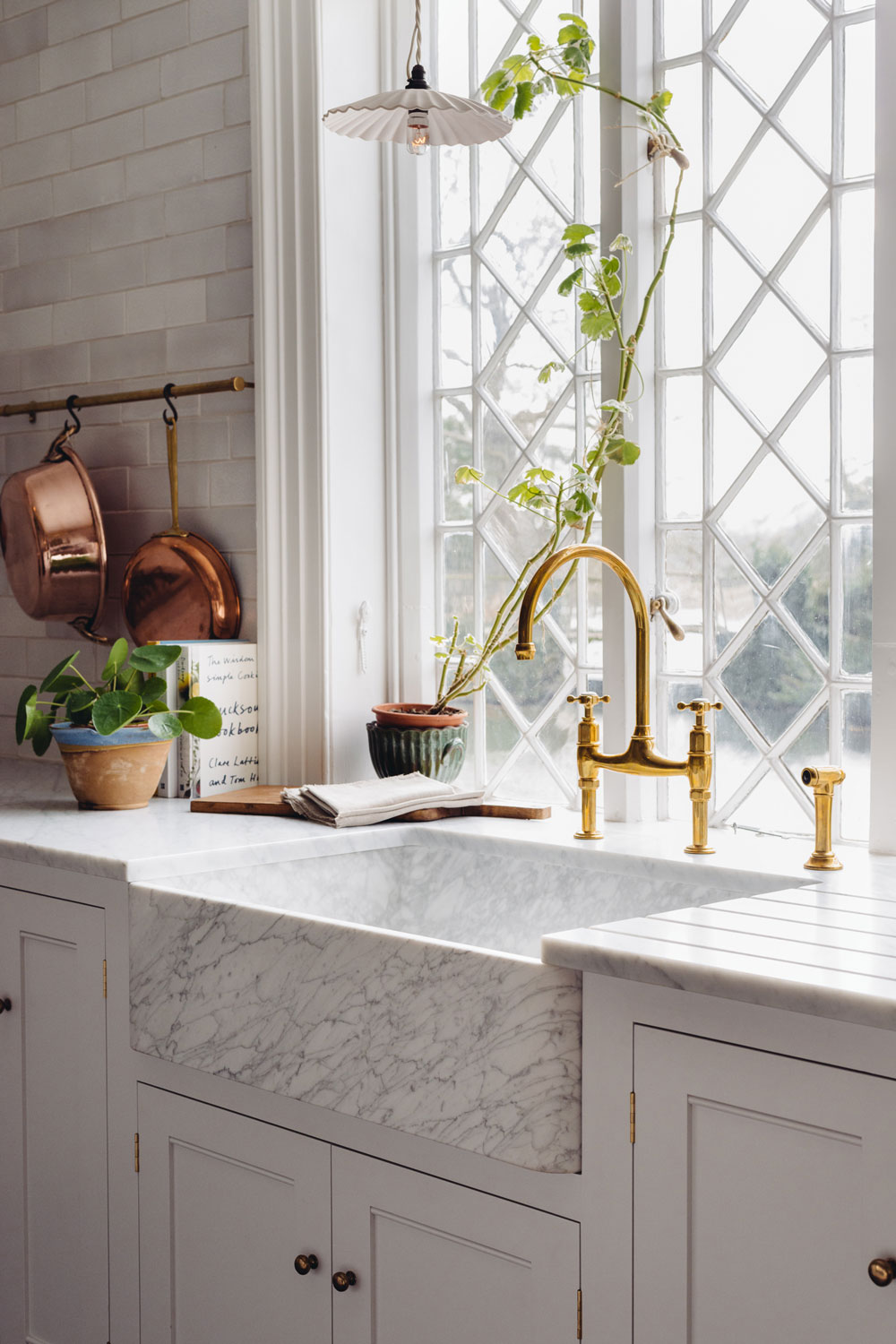
Your 1:1 diluted vinegar and water solution is ideal for cleaning the kitchen sink, too. Simply spritz it onto all areas of the sink and rinse with soapy water afterward.
6. Kettles and coffee makers
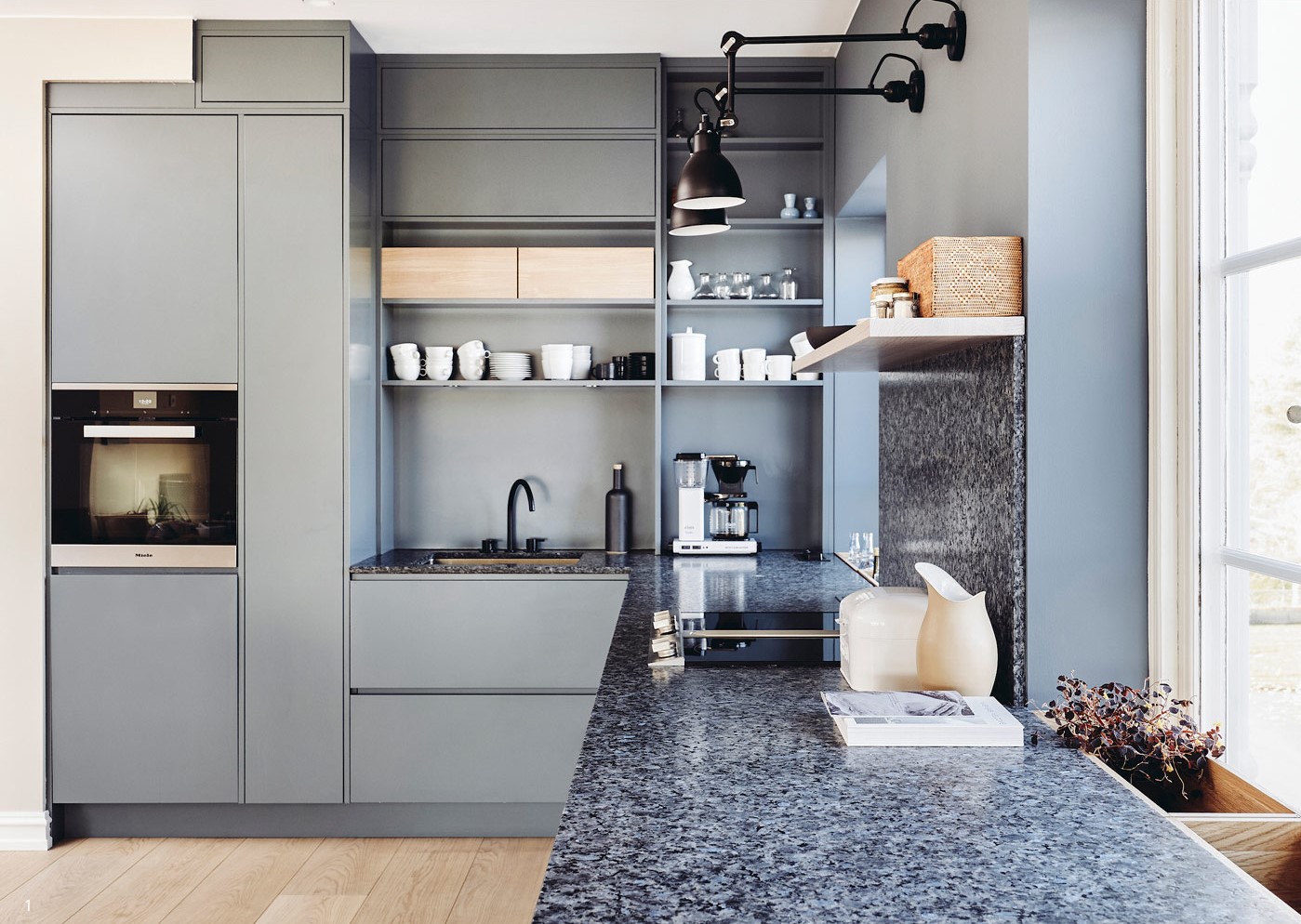
To get rid of that horrible limescale inside your tea kettle or coffee maker, pour the water and vinegar solution directly into the appliance or water reservoir. Boil the kettle or run it through the coffee maker, followed by a few water-only run-throughs to rinse the taste and odor away. If you’re cleaning a humidifier, a vinegar solution can get rid of buildup in the tank in the same way.
A word of warning: check the manufacturer's instructions before cleaning a coffee maker with vinegar – they may advise against it, in which case, take heed.
7. Pots and pans
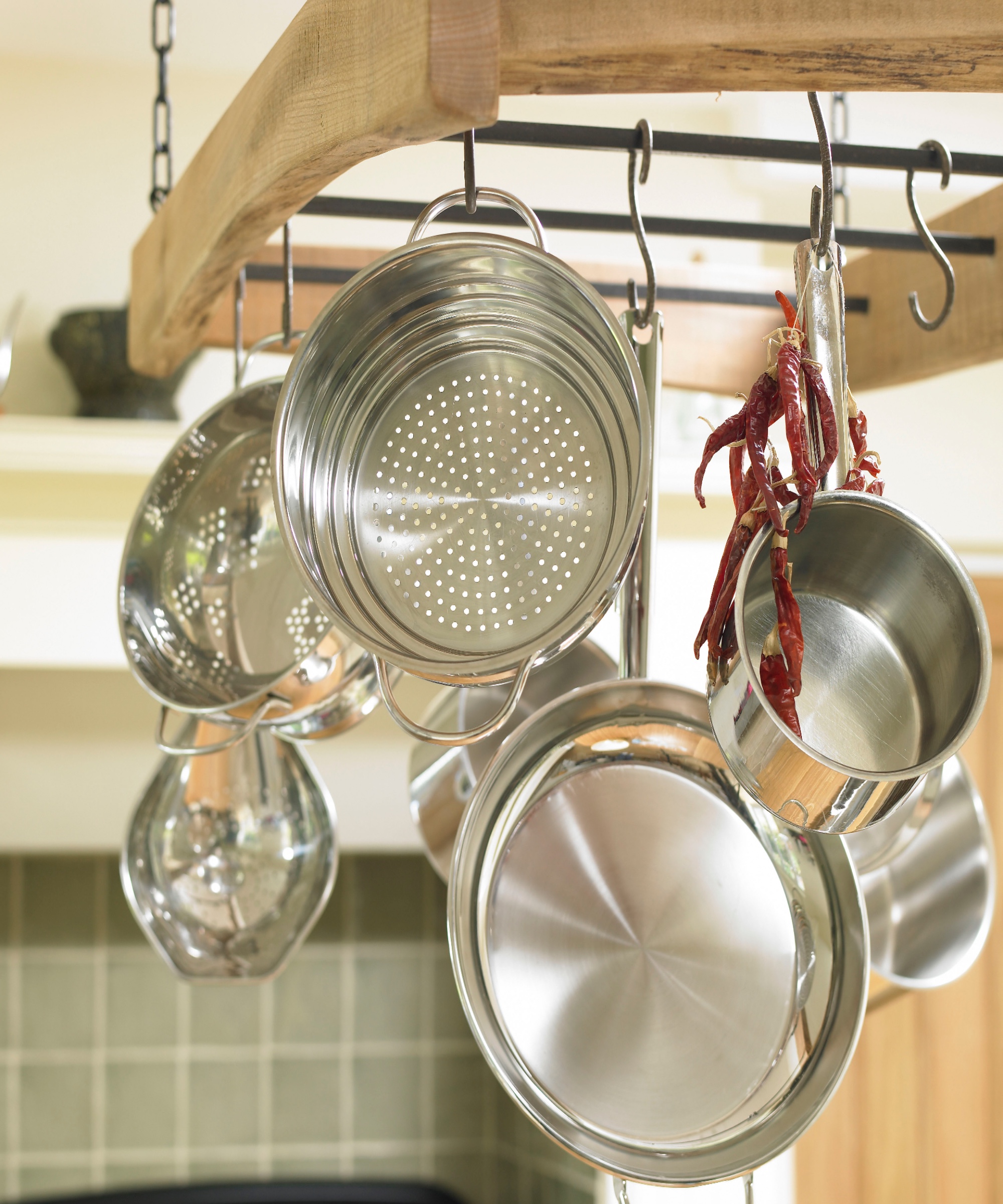
Vinegar is an option when you want to get rid of burnt-on marks on pots and pans. Again, use a vinegar and water solution, adding enough to the pan to cover the stain completely.
Bring the solution in the pan to a boil and continue boiling for about 5 minutes. Allow the liquid to cool in the pan, before tipping it out and using a sponge suitable for the material the pan is made from to remove any remaining marks.
Note that vinegar could also be used for cleaning cast iron that‘s become rusty. If that’s the case, soaking it in a vinegar and water solution can help to remove the rust.
8. Food processors and blenders
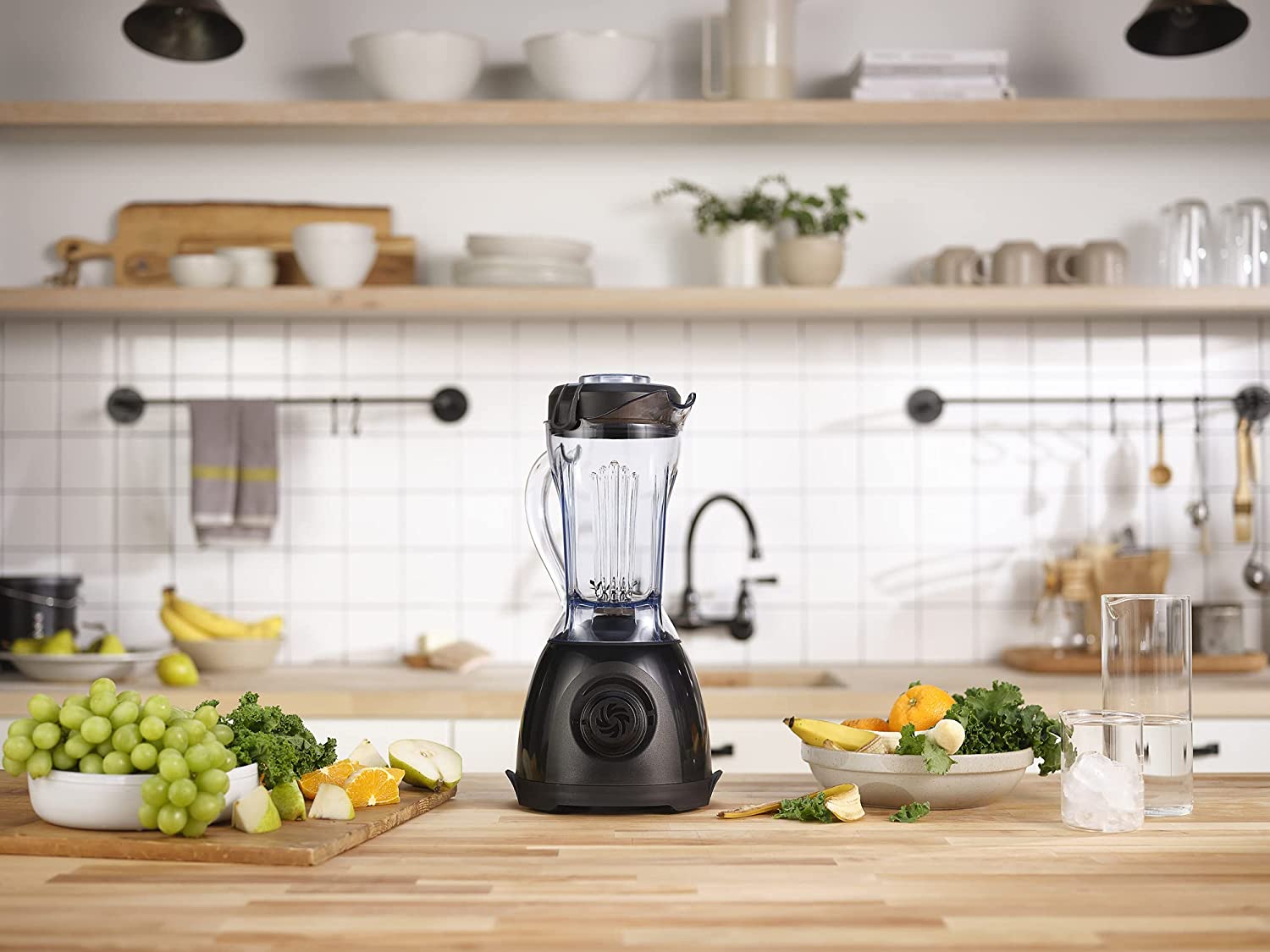
Want to clean a blender? Blitz your diluted vinegar and water solution in the food processor or blender then wash as normal.
A word of warning: check the manufacturer's instructions before cleaning a food processor or blender with vinegar – they may advise against it, in which case, follow their advice.
9. Plastic chopping boards
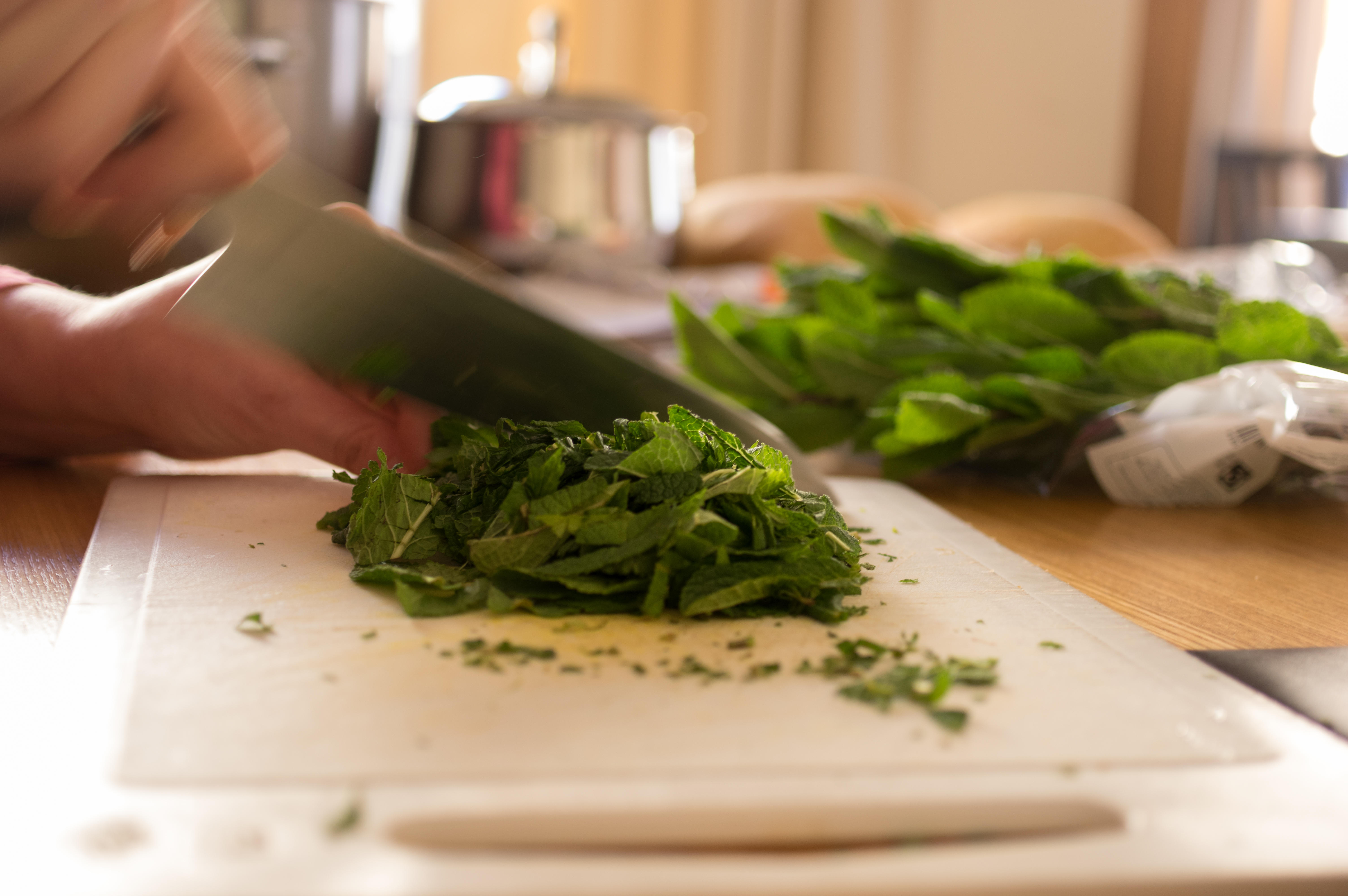
This is one area where you really need to be ultra-hygienic to prevent cross-contamination of raw meats. Once you’re finished prepping the evening meal, disinfect it in your water and vinegar solution then wash in soapy hot water.
10. Wine glasses
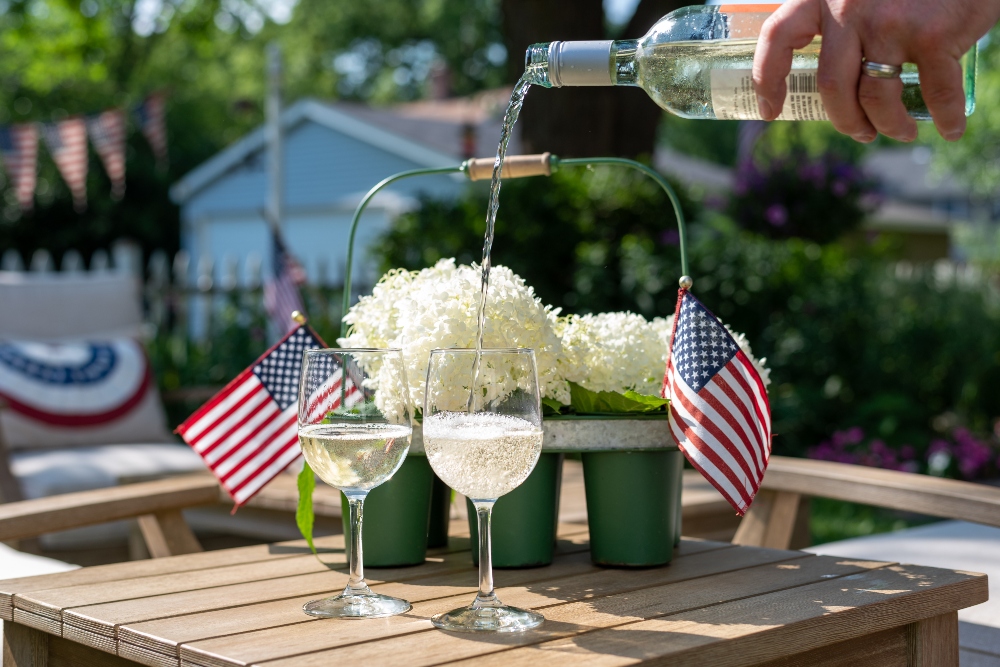
It’s so annoying when the glassware gets all cloudy. This is often caused by hard water, so to combat this, soak them in the sink with some non-diluted white vinegar for a few minutes then wash them as normal.
11. The dishwasher
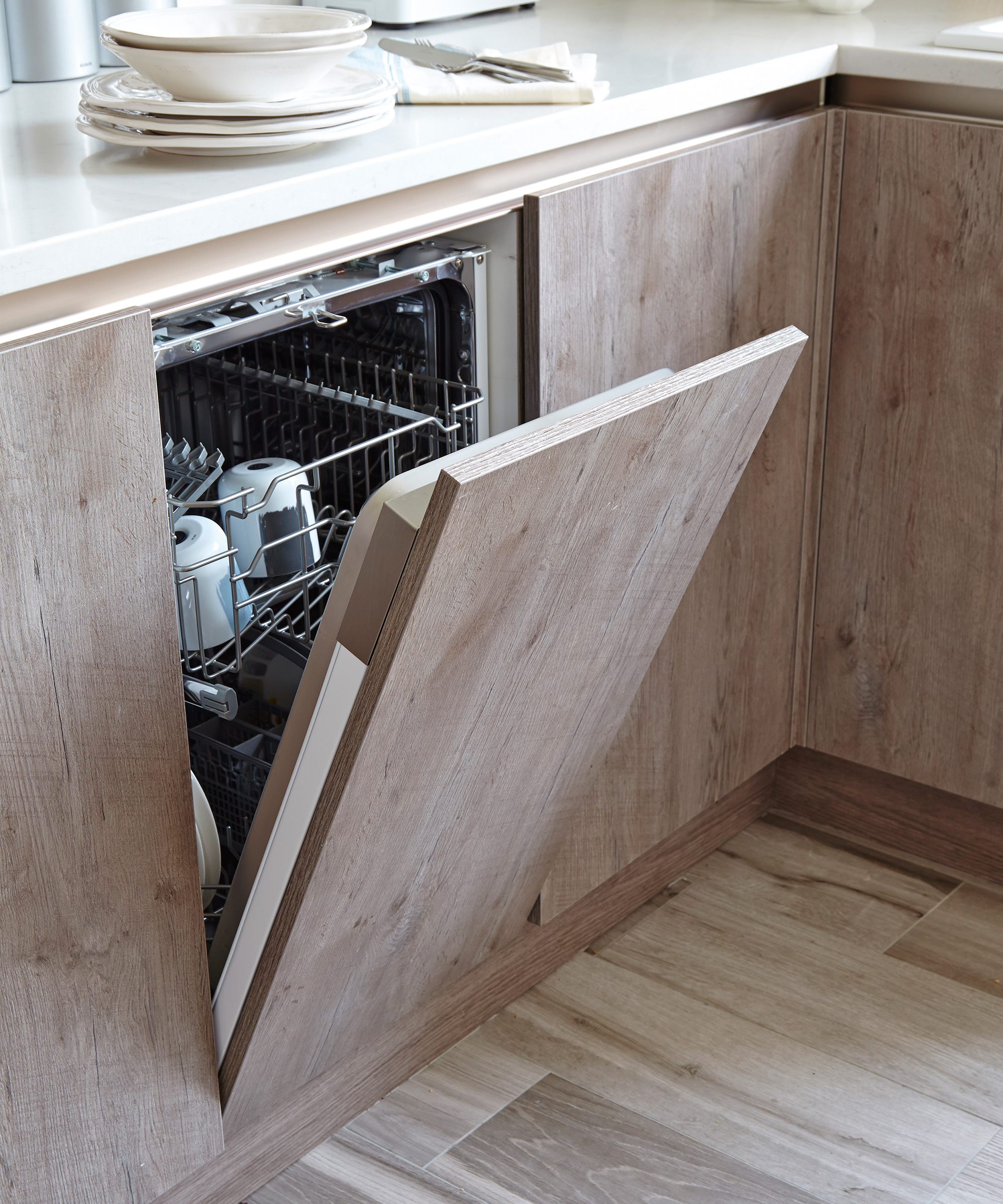
A great cleaning technique is to pour a cup of vinegar onto the base of the dishwasher inside the main cavity then run an empty cycle without any dishes or detergent in, to free-up any mineral deposits.
A caveat, though: a dishwasher can be one of the things not to clean with vinegar as it can damage some rubbers used for parts of the dishwasher. Check your manual.
12. The refrigerator and freezer
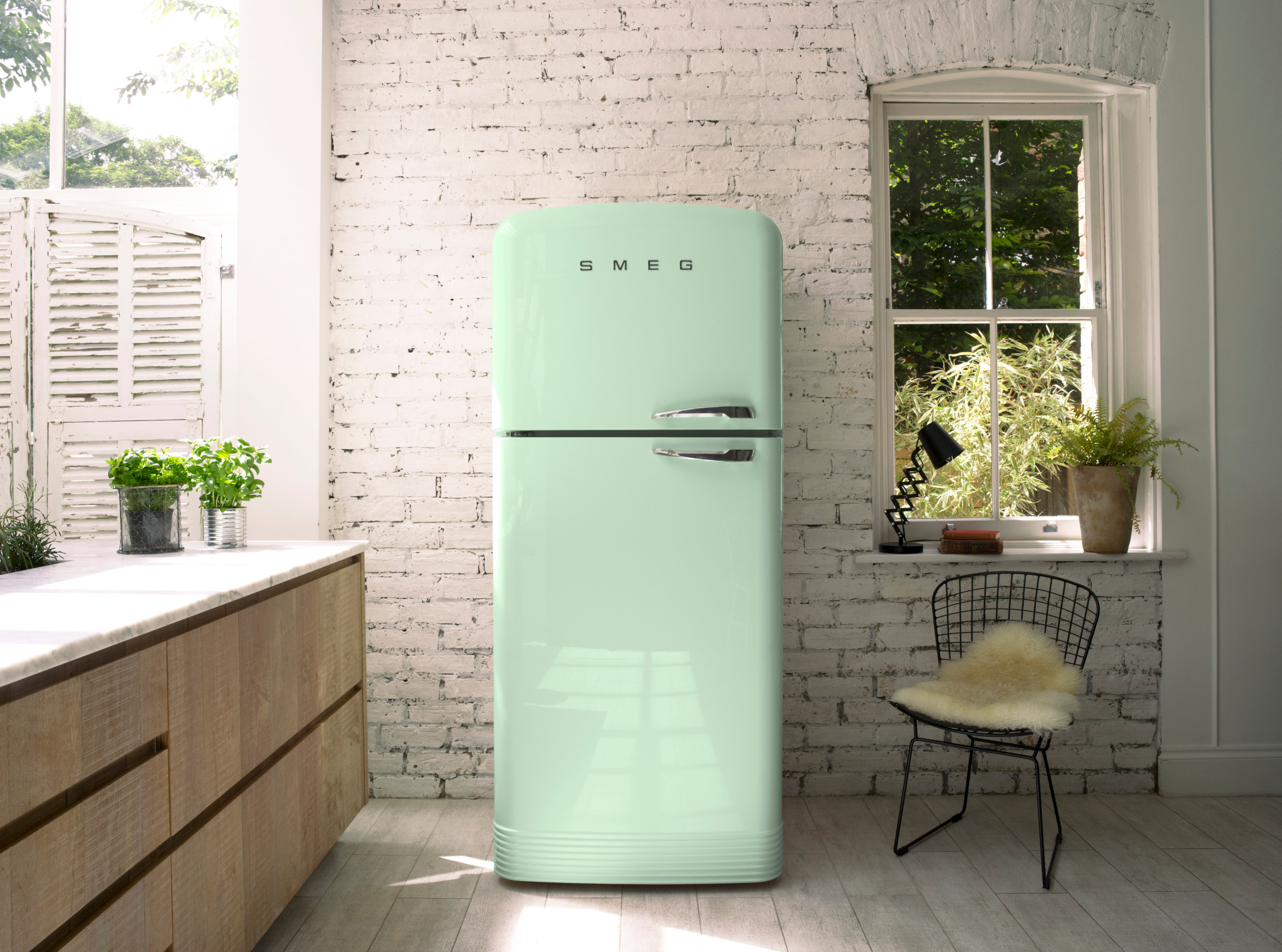
Have a good sort out by using up any food that’s near its use-by date and give the refrigerator and freezer a thorough clean with your diluted water and vinegar solution.
13. Showerheads
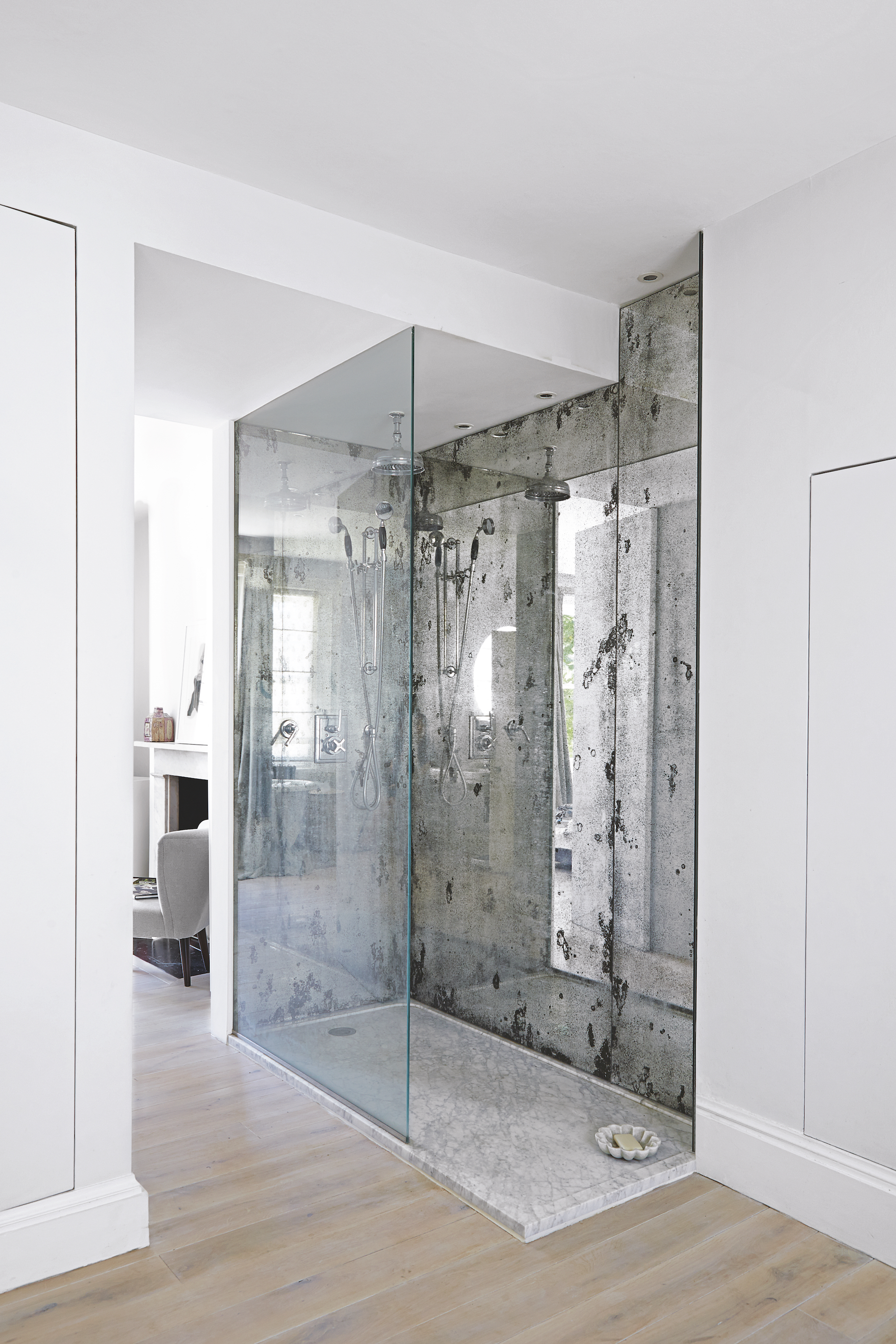
Vinegar can also be used as a cleaning product in the bathroom too. Clean a showerhead by pouring some white vinegar into a plastic bag and secure it around the showerhead with an elastic band. Leave overnight and wake up to a sparkling shower!
14. The bathtub
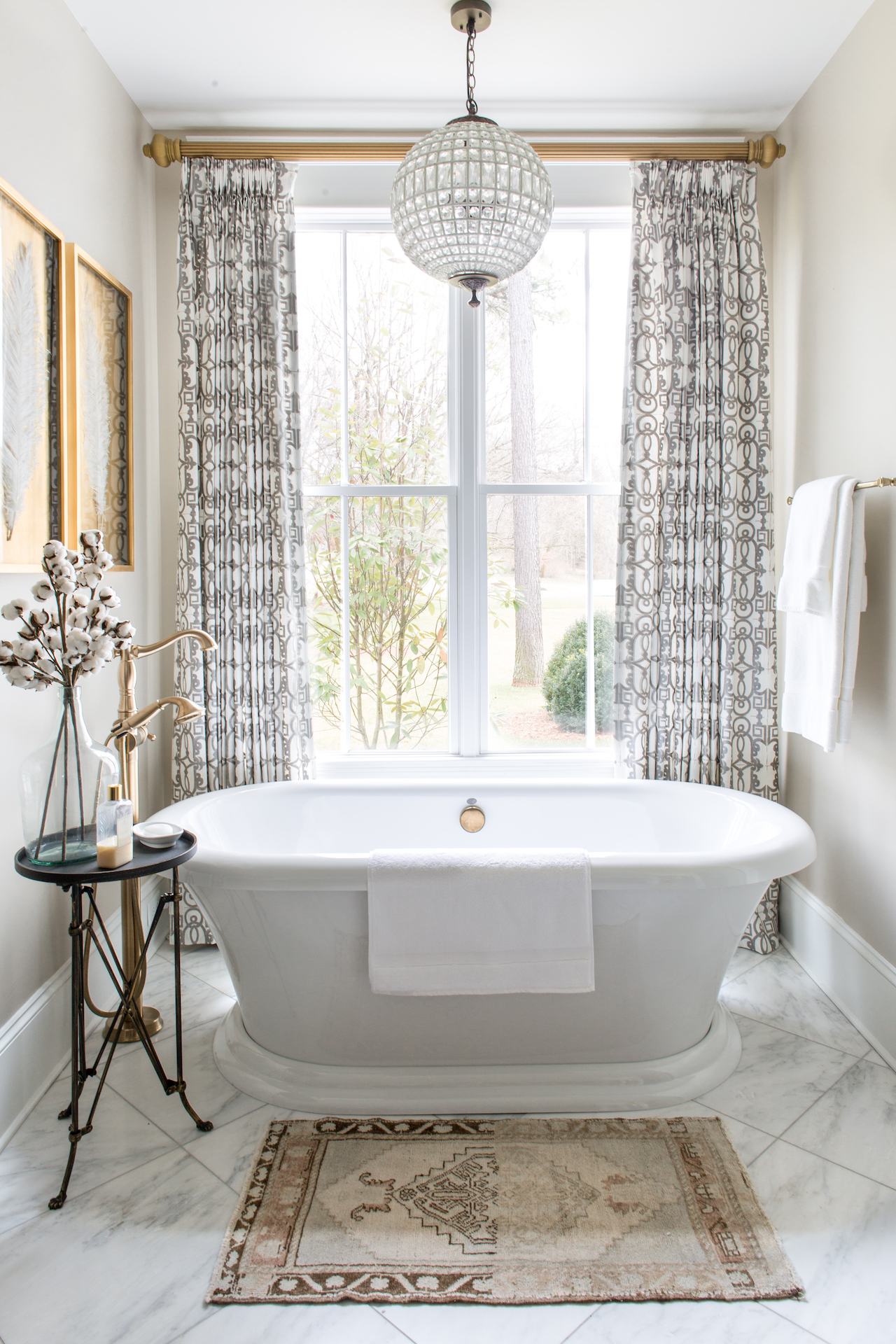
To clean a bathtub with vinegar, simply mix it with warm water and begin scrubbing the surface of your problem area. If the stain persists, mix vinegar and baking soda and let sit for a few minutes before vigorously scrubbing.
15. The toilet
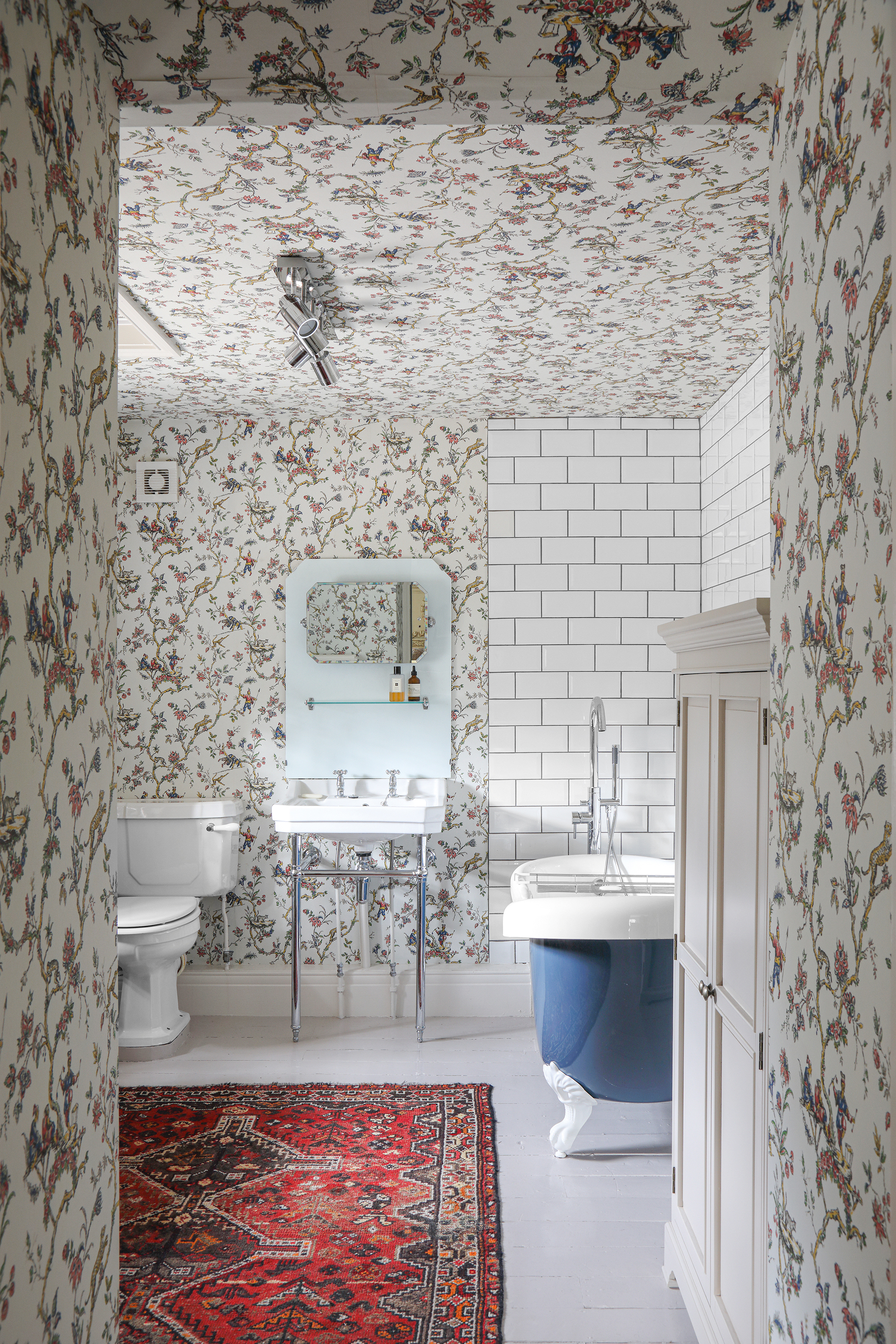
No one likes cleaning the toilet but for great results, pour a cup of undiluted vinegar into the bowl and leave overnight. The next day, sprinkle with baking soda and scrub. Finally, flush the toilet and you’re all done.
Do you have to rinse after cleaning with vinegar?
'For most surfaces like countertops, glass, and floors, it's a good practice to rinse with clean water after cleaning with a vinegar solution as it helps remove any residual vinegar and ensures a streak-free finish,' explains Elizabeth Shields from Super Cleaning Service Louisville. 'But when using to remove odors from fabrics or carpets, it's generally not necessary to rinse, but allowing the area to air dry is important to let the vinegar's odor dissipate.'
What should you never clean with vinegar?
You should never clean natural stone, especially granite and marble, with vinegar. This means being extremely cautious with kitchen countertops and stone floors. Be careful, too, with wood, whether countertops or when cleaning hardwood floors – undiluted vinegar can damage all these.
If you use store-bought household cleaners, you are probably already cleaning with vinegar, since it's made with acetic acid, an ingredient in some cleaning products. Vinegar is very effective at cleaning precisely because of the acid, which will break down grease, grime, and dirt easily. Always do a patch test before you use vinegar, especially if using it neat.
Next, learn all the ways you can clean with Castile soap.
Sign up to the Homes & Gardens newsletter
Design expertise in your inbox – from inspiring decorating ideas and beautiful celebrity homes to practical gardening advice and shopping round-ups.

Hayley is an interiors journalist, content provider and copywriter with 26 years experience who has contributed to a wide range of consumer magazines, trade titles, newspapers, blogs and online content. Specialising in kitchens and bathrooms, she has twice won the CEDIA Award for Best Technology feature. Hayley writes for H&G about kitchens, bathrooms, cleaning, DIY and organizing.
-
 Victoria Beckham has a unique formula for perfect bedding: 'Very expensive sheets and cheap pillows' – you can follow her example from $15
Victoria Beckham has a unique formula for perfect bedding: 'Very expensive sheets and cheap pillows' – you can follow her example from $15Victoria revealed she goes for crisp, white bed sheets and pillows with neck support from Target – and you can shop similar buys at an ultra-low cost
By Hannah Ziegler Published
-
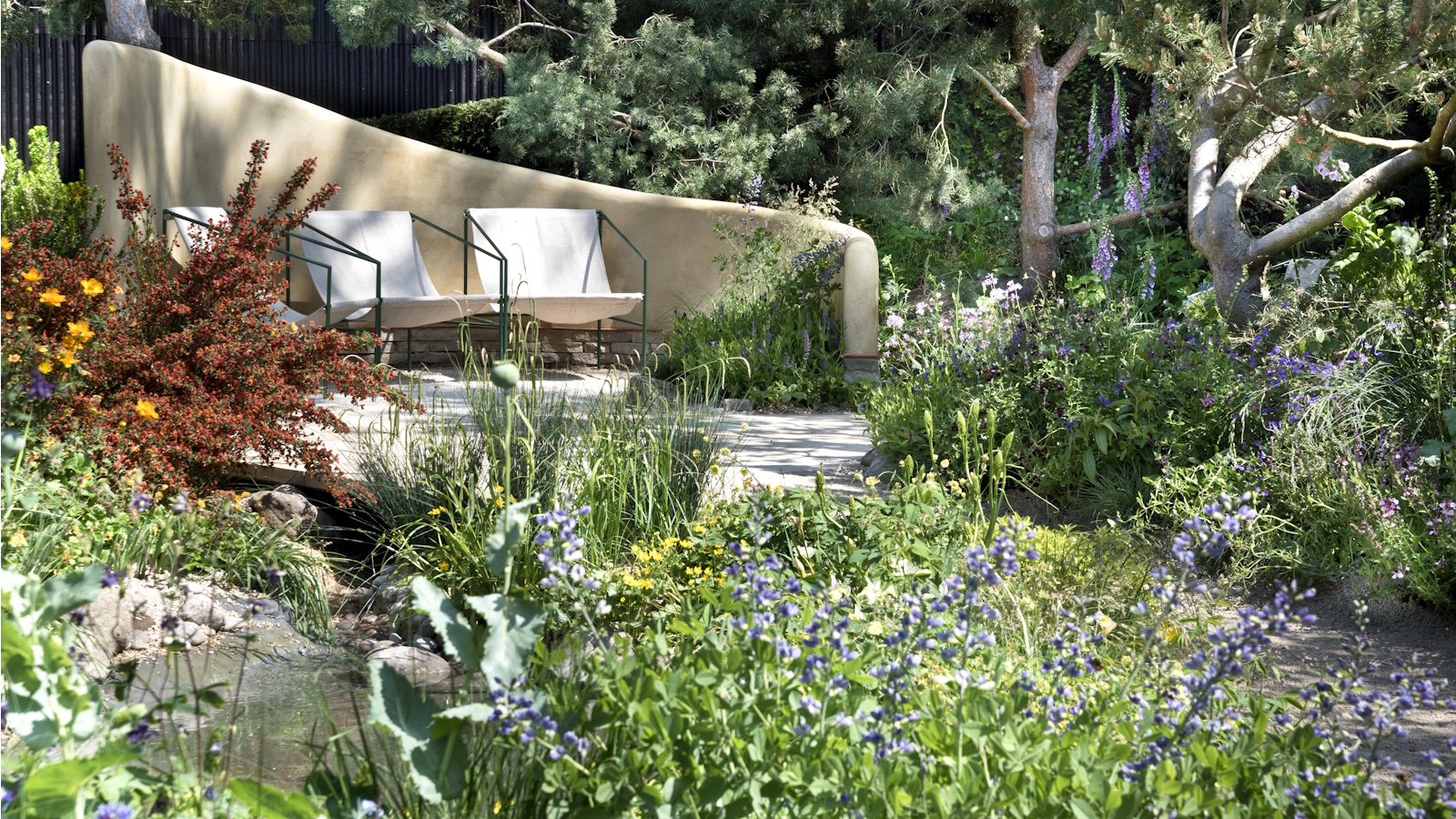 I just discovered the best non-toxic product for getting rid of ants in your yard – and you probably already have it in your bathroom cupboard
I just discovered the best non-toxic product for getting rid of ants in your yard – and you probably already have it in your bathroom cupboardThis household item is an effective ant deterrent that doesn't leach harmful chemicals into your soil
By Tenielle Jordison Published
